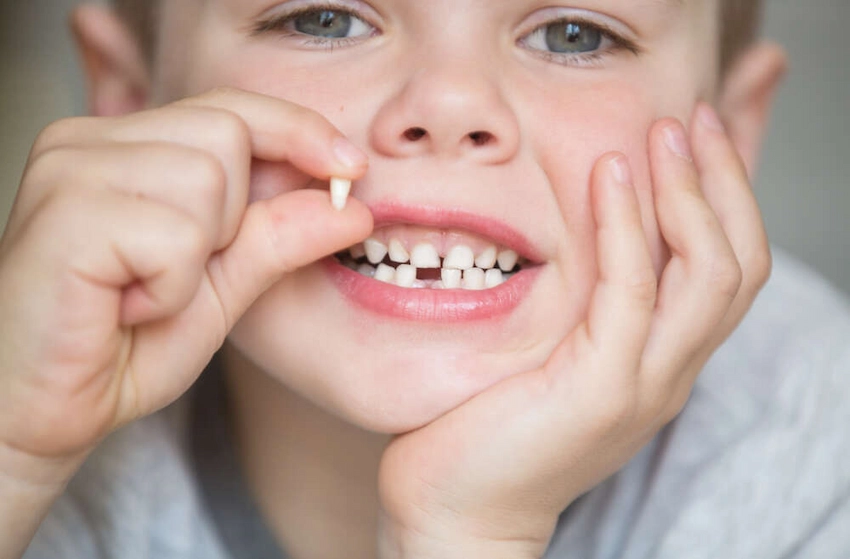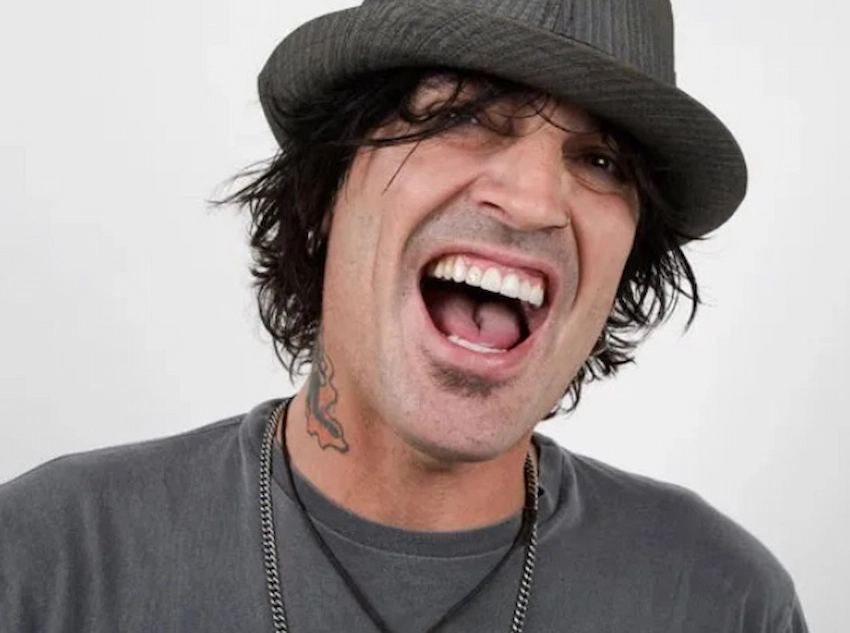🦷Teeth Number Chart: Everything You Need to Know!
Having a good understanding of your teeth and their health can be made possible through understanding the teeth number chart. A number chart is a standardized method of identifying some specific teeth for some people.
By numbering the teeth, it becomes easy for dental practitioners to record and record treatments, keep track of issues and keep other members of the oral health discipline informed of the patient’s dental care. In this article, we will look into what teeth number charts are, their working mechanism, their relevance, and periodically address frequently asked questions on the topic.
What Is a Teeth Number Chart?
A teeth number chart is a diagrammatic representation of your teeth providing every tooth with a distinct number. The United States has one of the most commonly accepted diagrams called the Universal Numbering System:
- Permanent teeth are assigned numbers from 1 to 32, starting from the upper right third molar, progressing to the lower right third molar at the end.
- Primary (baby) teeth have been labeled from A to T in the Universal Numbering method.
The use of the teeth number chart has the effect of ensuring uniformity on the identification of the specific teeth that require treatment thus making it easy to communicate or record any relevant information.
How a Teeth Number Chart Helps in Dental Care?
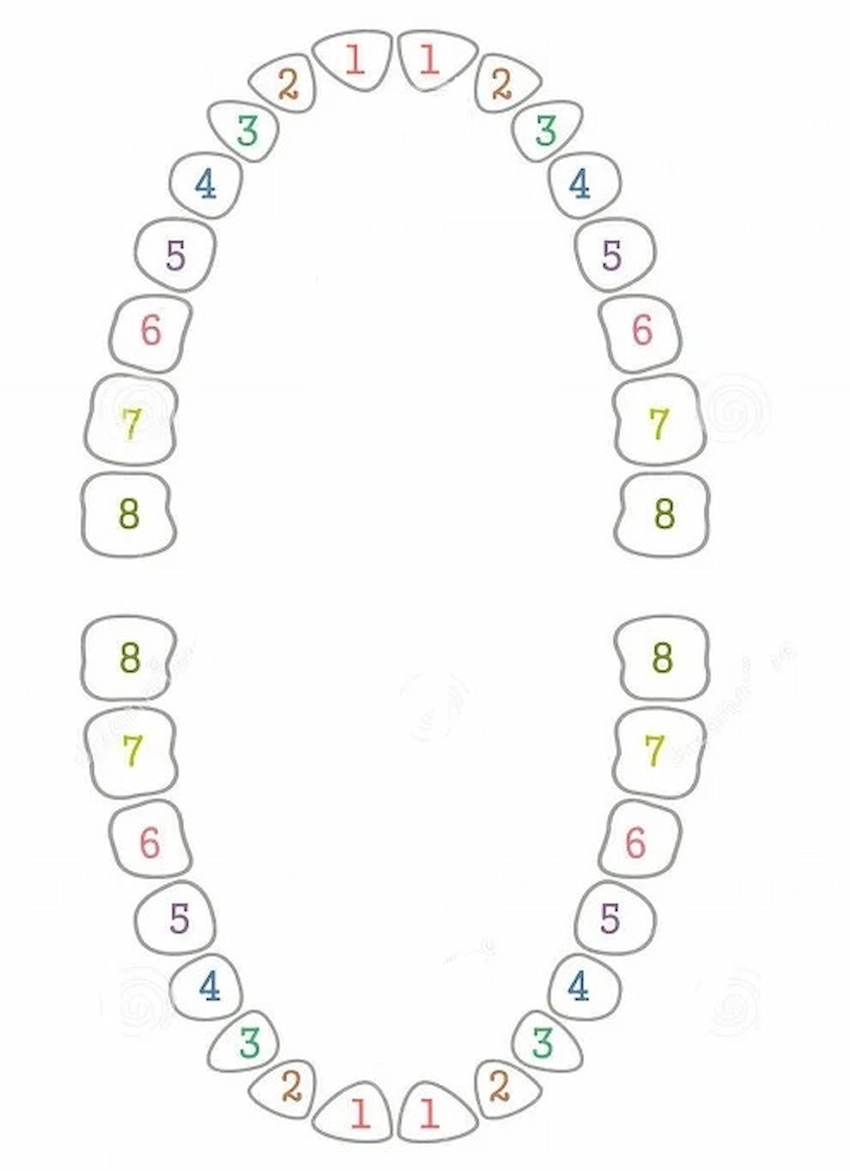
The teeth number chart is one of the most crucial tools that can help to diagnose and treat various dental problems in an efficient manner, it is used for the following things:
- Clear Communication – Referring to teeth by numbers or letters allows the entire dental team comprising the dentist, hygienist, and specialist to be on the same page and thus prevent any types of misunderstandings or confusion.
- Treatment Planning – Identifying the affected tooth in the dental procedure such as cavity filling, crown treatment, or tooth extraction will facilitate the correct treatment to the particular tooth.
- Monitoring Dental Health – Through the use of the number chart, dentists can examine problems like inflamed gums, teeth cavities, or deterioration of a given tooth and determine their effectiveness over some period.
- Legal and Insurance Records – Since the number charts provide standardization of the identification of teeth it means that complete and accurate records can be maintained that can be used in filing insurance claims or used in legal situations.
The teeth number chart is thus a practical tool that enhances the way dental records are kept, facilitates communication, and improves patient management.
Types of Teeth Number Charts
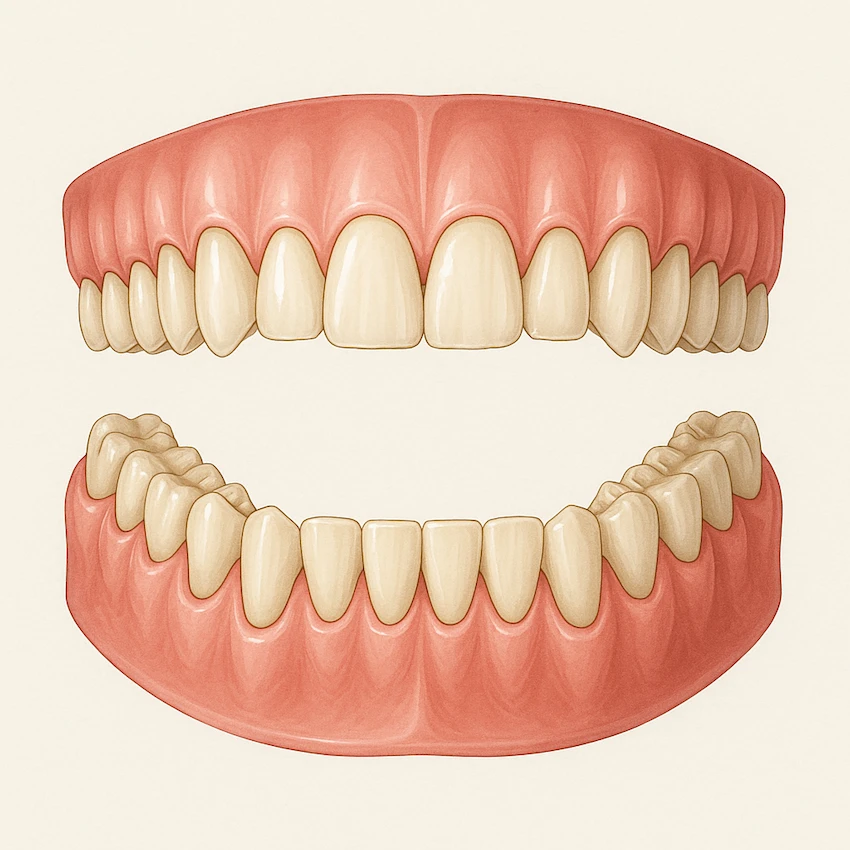
There are a few systems in use around the world, but there are three main types of teeth number charts for you to consider. The following are discussed herein:
- The Universal Numbering System which is predominantly used in the United States of America where it mostly applies to the permanent teeth and primary teeth. This system possesses some major advantages over others which include the fact that it is very easy to understand and translate directly into other languages;
- The FDI World Dental Federation System which is commonly used in many countries around the world as an international system for identifying teeth according to its two-digit numbering or coding method. This unique coding allows dental practitioners to be able to identify individual teeth without errors when communicating with colleagues or patients from other countries based on this single dedicated code number rather than names of the tooth;
- The Palmer Notation Method is another popular tooth numbering system that uses quadrant symbols as well as numbers and end letters. One of its drawbacks is that most people do not find it so easy to understand as compared to these other systems but some practitioners still prefer it above all others due to its historical significance and broad application among numerous dental professionals across Europe.
No matter which calendar keeps track of identifying your teeth can be teeth number chart or something else, each kind ultimately serves the same objective: to offer an unambiguous, distinct representation of each tooth. Your dentist may utilize whichever chart is most appropriate for either your area or practice, and that’s okay.
Knowing these systems is just as important as knowing what your teeth are, usage-wise. It also helps you to know the best model whose focus is on teeth carving.
How to Read Your Teeth Number Chart?
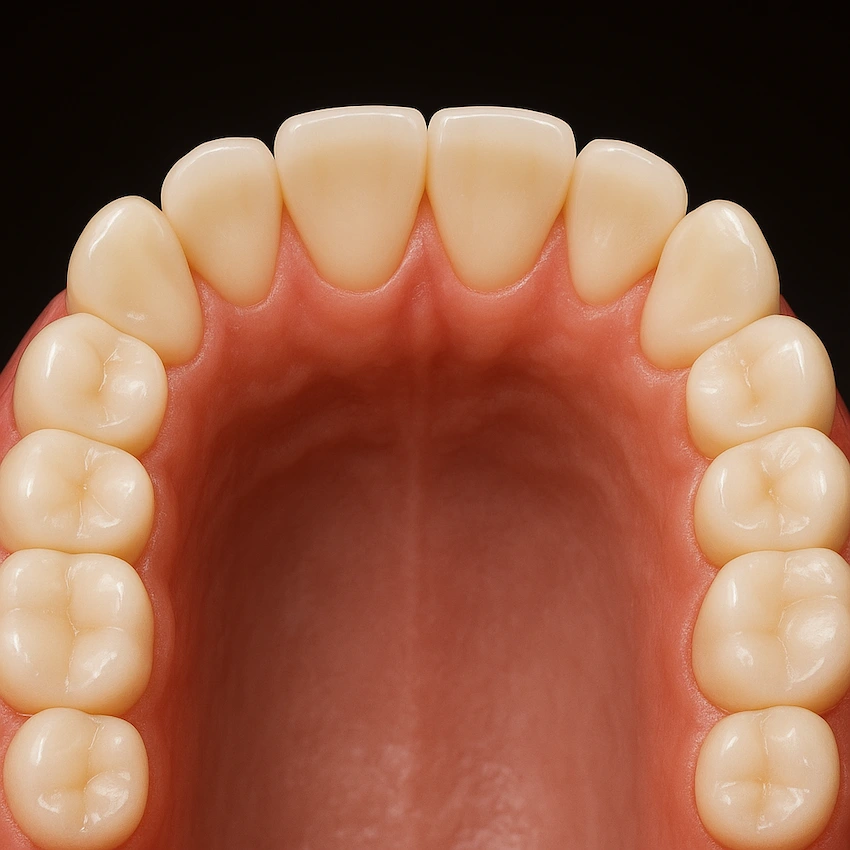
When you sit down with a teeth number chart in front of you for the first time, it can seem daunting, but don’t be intimidated. Once you get used to the structure of this chart, reading it is a stroll in the park. Here are the basic steps to viewing and interpreting the teeth numbering system:
- Begin at the upper right third molar (number 1) and follow the teeth identifying them in clockwise rotation from numbers 1 to 16. This means that the maxillary teeth start from the maxillary right third molar which is 1 through 16 before moving on along with the rest of their counterparts.;
- After you get to the left segment of the superior section with number 16 teeth. You can now proceed to the lower branch starting with number
FAQs About Teeth Number Chart
A teeth numbering chart is used by dentists to recognize each tooth the treatment and record.
Yes—teeth 1, 16, 17, and 32 are the four wisdom teeth that lie at the extreme rear of the mouth. These are the last molars to emerge, typically in the late teens or early twenties.
While operating in the United States, dentists usually refer to the Universal Numbering System where the permanent teeth are numbered from 1 to 32 beginning at the upper right third molar and going clockwise.
Adults usually have 32 teeth in the case that all their four wisdom teeth have grown out. In the absence of wisdom teeth, the majority of people have 28 teeth which are regarded as normal and healthy.
Tooth number 8 is the upper right central incisor. Namely, it is a front part of your oral cavity, which is only just to the right of the midline.
References:
American Dental Association. (2023). Tooth numbering systems and charts. Retrieved from https://www.ada.org/resources
Mayo Clinic. (2022). Understanding dental charts and tooth identification. Retrieved from https://www.mayoclinic.org
WebMD. (2021). Dental numbering systems explained. Retrieved from https://www.webmd.com/oral-health
Colgate. (2022). Teeth chart: How dentists identify teeth. Retrieved from https://www.colgate.com
